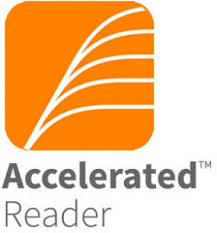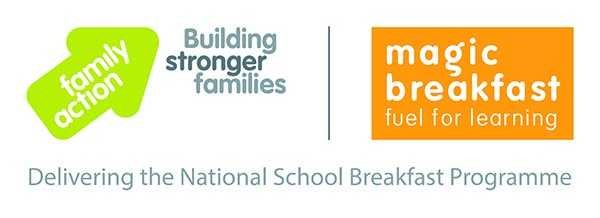Maths
Intent
At South Avenue Primary School, we aim to deliver a high-quality maths education which enables children to feel a sense of enjoyment, curiosity and achievement. We encourage children to reason mathematically to support them to successfully solve problems and challenges in everyday life.
In line with the current National Curriculum, we provide a maths curriculum which enables our pupils to:
- Become fluent in the fundamentals of mathematics
- Reason mathematically by following a line of enquiry solve problems by applying their mathematics to a variety of routine
- Solve routine and non-routine problems
For further information on Maths in the National Curriculum, follow this link: https://www.gov.uk/government/publications/national-curriculum-in-england-mathematics-programmes-of-study
Implementation
- All year group planning is adapted from the White Rose Maths Scheme as this scheme clearly allows the three main aims of the National Curriculum to be followed.
- Daily maths lessons include fluency, reasoning and problem-solving.
- Concrete manipulatives and pictorial representations are used, following the school’s calculation policy, to support conceptual understanding and to make links across topics.
- CurricuColour is used across the school, which is a child-friendly assessment system that allows children to self-assess at the beginning and end of the lesson to measure the progress that they have made.
- Research shows that children need to be given frequent opportunities to revisit objectives so that their learning becomes embedded. At South Avenue Primary School, the following strategies are used to enable this to happen:
- Daily arithmetic practice following objectives from previous year and objectives covered so far.
- ‘Problem of the Day’ to be planned at least three times per week – including a range of skills and knowledge.
- ‘Last lesson, last week, last term and last year’ challenges to be set weekly to ensure revision covers much of the curriculum content.
- Inclusion of objectives from the previous year, where deemed necessary, before teaching a unit of work.
- Discreet times table practice.
- Staff surveys are completed to gain an understanding of CPD needs
- Enrichment opportunities are provided to children to encourage solving maths problems in real-life contexts
- Opportunities are planned for children to take part in problem-solving and open-ended investigative tasks to link to our intent and aims of the national curriculum
Impact
- Summative and formative assessment is carried out continuously to inform future planning and interventions to ensure most children reach end of year expectations
- Children self-assess more frequently using the CurricuColour approach
- In year 4, the multiplication check is administered and the results of this are used in transition meetings to inform future planning for the cohort
- Children are given the opportunity to self-mark work in lesson time, to provide immediate feedback and to help them self-assess their own progress.
- Teachers are on a continual cycle of reviewing key objectives using the ‘last lesson, last week, last term and last year’ starter work to ensure a well-planned sequence of learning to support children to develop and refine their maths skills.
- Curricucolour has encouraged children to independently apply their knowledge to a range of increasingly complex problems and reasoning with increased confidence and accuracy.
- Maths displays in classrooms are ongoing, and show the objectives and paths that children are on for their learning. In addition, banks of information are also displayed e.g. prime numbers, Roman numerals that children can refer to and cross many objectives in maths
- Pupil voice is used to gain an understanding of how our children view maths. The results at the beginning of the year showed that all of our children enjoy maths.
- Throughout the year, book looks are used to monitor consistency, children’s learning, presentation, question types and marking against the maths policy.








